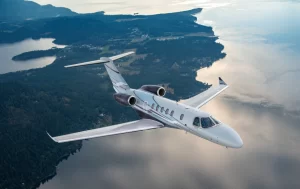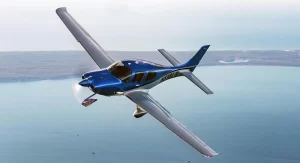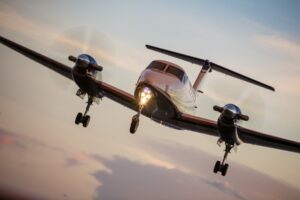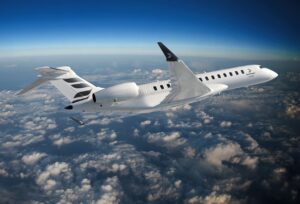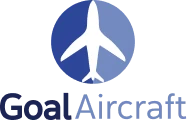Executive aviation has benefited greatly from technological advances, providing pilots and passengers with a safer and more efficient flying experience. One of the most notable and important innovations is the automatic landing system. This system is designed to take control of the aircraft and perform a safe landing in situations where pilots are incapacitated or encounter adverse conditions that prevent manual operation. In this article, we thoroughly explore how this system works, its characteristics, and the impact on business aviation safety. Furthermore, we highlight examples of executive aircraft that already have this system installed at the factory, the importance of RNP approaches and the revolutionary Garmin Autoland system.
1. Introduction to Automatic Landing System
The automatic landing system, also known as Autoland, is a technology that allows an aircraft to land automatically without human intervention. This system is crucial in emergency situations, such as when the pilot suffers sudden incapacity, or when weather or visibility conditions make manual landing extremely dangerous.
2. Automatic Landing System Components
The automatic landing system is made up of several integrated components that work together to ensure a safe landing:
- Autopilot: The autopilot is responsible for controlling the aircraft during the approach and landing phase. It maintains the correct flight path and adjusts speed and altitude as needed.
- Instrument Landing System (ILS): This navigation system provides accurate lateral and vertical guidance to the aircraft during final approach. It consists of localizers and glideslopes that help align the aircraft with the runway.
- Radar Altimeter: Measures the aircraft’s altitude in relation to the ground, providing critical data for the automatic landing system to adjust the final descent.
- Flight Management System (FMS): This computer system integrates navigation and performance data, helping the Autopilot to execute a precise and safe landing.
- Touchdown and Rollout System: This subsystem ensures that, after touching down on the runway, the aircraft is decelerated and directed correctly during the rollout phase.
RNP (Required Navigation Performance) Approximations
RNP approaches are a significant advancement in air navigation, allowing for more accurate and safer operations, especially in adverse conditions. RNP approaches utilize satellite navigation systems to provide extremely accurate guidance to the aircraft. These approaches are especially useful at airports with complicated terrain or in areas with high air traffic.

3.1 Benefits of RNP Approximations
- Precision: They offer much higher navigation precision compared to traditional systems, allowing for safer and more efficient flight paths.
- Flexibility: Allows customized flight paths, which can be essential in areas with difficult terrain or air traffic congestion.
- Safety: Reduce pilot workload during critical phases of flight, providing an additional layer of safety when combined with automatic landing systems.
4. Garmin Autoland: A Revolution in Auto Landing
Among automatic landing systems, Garmin Autoland stands out as a revolutionary innovation that redefines safety standards in business aviation. Developed by Garmin, Autoland is designed to take full control of the aircraft in the event of an emergency and perform a safe, fully automated landing.
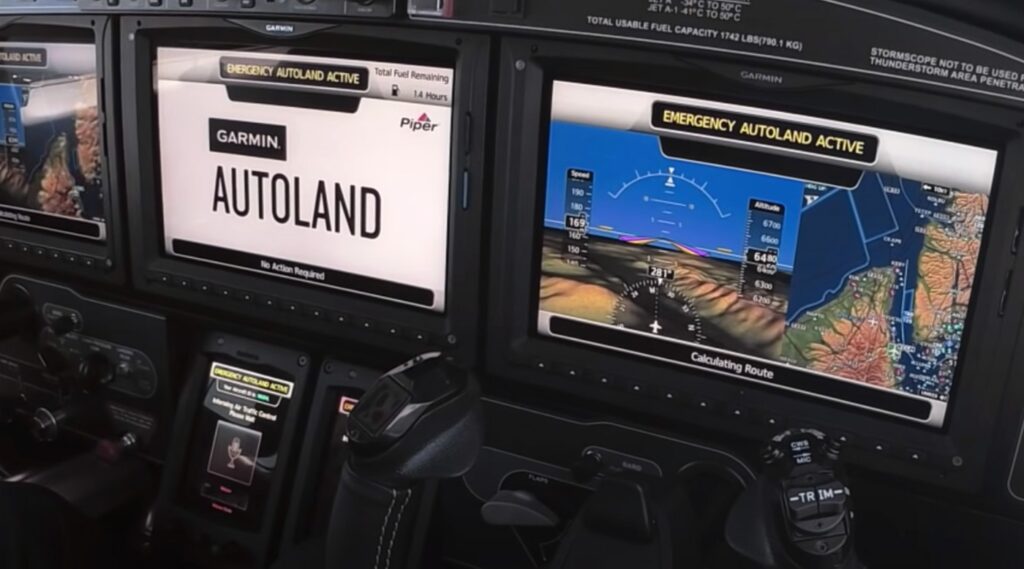
4.1 Garmin Autoland Working Principle
Garmin Autoland is activated manually by passengers or automatically by the system in emergency situations, such as pilot incapacitation. Once activated, the system performs the following steps:
- Destination Airport Determination: Using navigation data, Autoland identifies the most suitable and safe airport for landing, considering factors such as remaining fuel, weather conditions and terrain.
- Automatic Communication: The system establishes communication with air traffic control (ATC), transmitting information about the emergency situation and landing intentions.
- Full Aircraft Control: Autoland takes control of the plane, adjusting the flight path, altitude and speed for a safe approach to the designated airport.
- Automatic Approach and Landing: The system uses the autopilot, the ILS or RNP, and the radar altimeter to guide the aircraft during the final approach, executing the flare maneuver and touching the runway smoothly.
- Deceleration and Complete Stop: After landing, Autoland controls the aircraft’s deceleration and directs it to a safe stop on the runway.

4.2 Aeronaves que Utilizam o Garmin Autoland
Garmin Autoland is currently available on several business aircraft, including:
- Cirrus Vision Jet: This compact personal jet was the first to be equipped with the Garmin Autoland system, providing an additional layer of safety for pilots and passengers.
- Piper M600 SLS: Another aircraft that is part of Garmin Autoland, the Piper M600 SLS offers a safe and innovative flying experience with this cutting-edge technology.
- Daher TBM 940: This high-performance turboprop also features the Autoland system, standing out for its ability to perform automatic landings in emergency situations.
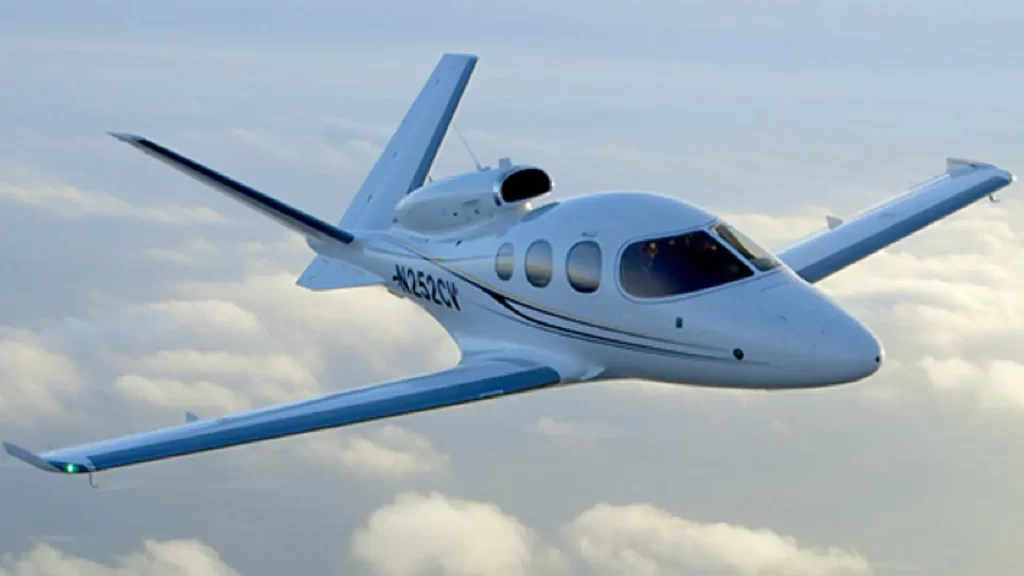
5. Operation of the Automatic Landing System
The autolanding process can be divided into several critical steps:
- Activation: In an emergency situation or when automatic landing is required, the pilot or the system (in case of pilot incapacity) activates Autoland.
- Initial Approach: Autopilot adjusts the aircraft to the correct approach trajectory, using data from the FMS and ILS or RNP. The aircraft is aligned with the runway and speed is adjusted for descent.
- Final Approach: During the final descent phase, the radar altimeter and the ILS or RNP provide continuous data on the altitude and lateral position of the aircraft. Autopilot makes precise adjustments to maintain the descent trajectory.
- Flare and Touchdown: When the aircraft is close to the ground, the system performs the flare maneuver (smoothing the descent) to ensure a smooth touchdown on the runway. Autoland controls the aircraft’s rotation and descent angle to avoid a hard landing.
- Deceleration and Rollout: After touching down on the runway, the Touchdown and Rollout System takes control to safely decelerate the aircraft. It uses automatic brakes and, in some cases, thrust reversers to reduce speed until a complete stop.
6. Security and Benefits
The automatic landing system offers several significant benefits to business aviation safety:
- Reduction of Human Errors: In situations of high workload or stress, the automatic system reduces the possibility of human errors during landing.
- Adverse Conditions: Allows safe landings in low visibility conditions, such as heavy fog, storms or at night.
- Emergency Response: Provides a critical solution when the pilot is incapacitated, ensuring the aircraft can land safely without manual intervention.
- Regulatory Compliance: Many automatic landing systems are certified for landing in zero visibility categories (CAT III), meeting rigorous international aviation standards.
7. Examples of Executive Aircraft with Automatic Landing System
Many modern business aircraft come factory-equipped with advanced automatic landing systems. Here are some notable examples:
- Gulfstream G500/G600: These aircraft are equipped with the Symmetry Flight Deck avionics system, which includes advanced automatic landing capabilities, ensuring safety and precision during critical operations.
- Dassault Falcon 7X/8X: Dassault Aviation’s Falcon series is known for integrating cutting-edge technologies, including automatic landing systems that enable safe operations in challenging conditions.
- Bombardier Global 7500: This ultra-long-range business jet incorporates the Bombardier Vision Flight Deck avionics system, which includes automatic landing capabilities to improve safety and operational efficiency.
- Embraer Praetor 600: Equipped with the Collins Pro Line Fusion avionics system, the Praetor 600 offers automatic landing capabilities that ensure safe landings even in adverse conditions.
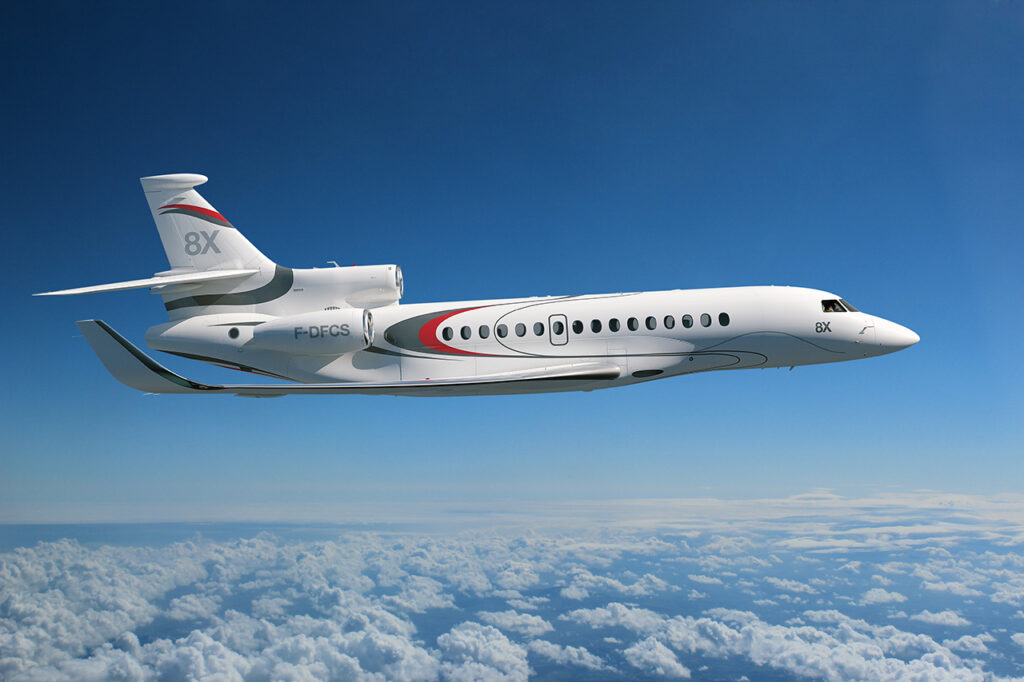
8. Challenges and Considerations
Despite advances, the automatic landing system is not without challenges. The reliance on accurate navigation systems and sensors means that technological glitches can compromise the effectiveness of automatic landing. Regular maintenance and rigorous testing are essential to ensure continued functionality and system security.
Conclusion
The automatic landing system represents a significant milestone in business aviation, offering an additional layer of safety and efficiency in critical operations. As technology continues to evolve, these systems are expected to become even more sophisticated, integrating artificial intelligence and machine learning to further improve safety and accuracy. In an industry where every detail matters, Autoland, especially Garmin Autoland, is a testament to how technology can save lives and redefine standards in business aviation.
If you are interested in purchasing a business aircraft equipped with the most advanced avionics technologies, please contact us for more information.

